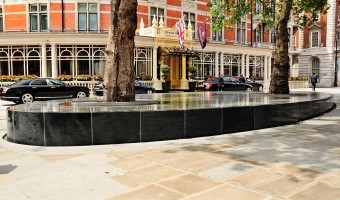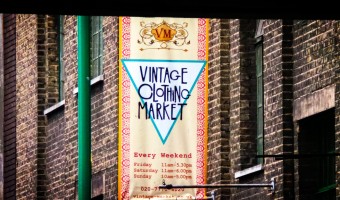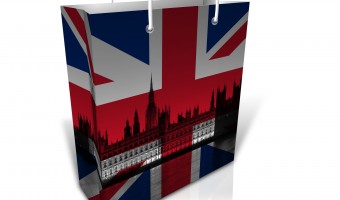Top Tips on Vintage Purchasing in the Capital
To some, this list won’t tell you anything you don’t already know, but that’s because you’re pros. For the novices, I would like to introduce you to the world of second-hand shopping. A world in which you might expect, not always, to have adorable and beautiful clothes, in your size, and without suspicious stains. Or, at least, that’s what I thought of them before I came to London. In my defence, the only charity shop-esque entity near my house was a warehouse called Value Village and its presentation is not ideal.
In the UK, however (and possibly other parts of Europe, but I can’t say) you have charity shops. They not only care about how their stock is presented, they are also selling for an absolute bargain. Then, on top of it, you have dedicated collectors who have already perused around charity shops and other vintage dealers to acquire a set of truly incredible things. The more careful the collection, though, the higher the prices will be.


Top Tips
1. Go to local charity shops for the best deals. From clothes, to blankets, to household items, there are many different things and the stock never stays the same.
2. Stay updated on Vintage sales. There are three kinds (that I know of, so far). Most will have a small entrance fee, but that’s nothing compared to the money you’ll save.
a. Vintage sales – general. These sales are where vendors collect together to sell their wares. You’ll still find some very good deals, however the prices do go up.
b. Pound sales – these sales are hectic. There are queues to get in that go around the corner, and sometimes it will take ages to get in. However these sales are where boxes of unchecked donations are sold for £1 per item. The boxes are large and are opened throughout the day, so you can find some really cool pieces. But remember, boxes. You’ll have to dig. There are usually special sales as well for certain items like coats, but even then you can get a leather coat for £15.
c. Kilo sales. Similar to pound sales, kilo sales will have an entrance fee, queues outside the door, and a lot of people scrambling for things inside. This sale works by weight. 1kg = £15.
Note: to find all these market/sales you’ll need to keep an eye on Facebook, as I’ve only ever seen them be advertised there. If you don’t know how to do this, use the search bar in Facebook and look up things like Vintage Kilo Sale, Vintage Sale, Vintage London, and pick out which Facebook pages you like best.
More Top Tips
3. Vintage Markets exist all over London. A favourite of mine is the one at the end of Portobello road. These markets are where stalls are set up and wares are sold. This is where you can find a beautiful antique clutch made of gold scales, and think, "ah, I’m in a vintage market, it can’t be"– only to find the price tag and see £60. Think of these markets less as open-space charity shops and more like curated collections of fashion eras past. There are expensive vendors and well-priced ones, though, so it’s worth looking.
4. If Vintage markets provided only quality items, then Vintage stores are where museum pieces can be found. The quality of store varies, of course. I’ve been in a few vintage stores that overpriced many standard items, and, naturally, I’ve been in vintage stores that had the most beautiful dresses and clothes from my favourite decades. Those stores though, particularly if you’re in the Angel, do not come cheap. In fact, they come the opposite of cheap. I like to think of these kind of stores as selling museum pieces. If they don’t look expensive but are being sold for high-street prices, I do suggest you walk away.
Okay, now for quality control. Remember, quality, not quantity. I operate under a put that down policy, as my first go around will leave me with an armful of clothes. I make sure to put at least half of them down, because in the end, you do get caught up in how cheap things can be. By only selecting the best – and culling the rest of your selections – it ensures that you really look at what you picked up and inspect for things such as:
a) Rips, tears, burns, or other unfixable blemishes (especially if you have no confidence in being able to fix them).
b) Size – if you are confident with tailoring things yourself, go for it. However, if you aren’t handy with textiles, you’ll have to decide if the item is worth the price of tailoring or if it can still look good oversized. Note: if it’s too small, there’s nothing you can do. Put it back down, you won’t be able to wear it.
c) Ask yourself if you love it. If your wardrobe would be so much better off with it. If it’s worth buying. Remember, it’s not the price you’re saving yourself from (in most cases) it’s the space at home and in your wardrobe.


That’s it! Happy Vintage Hunting!
 Vintage Shopping Guide
Vintage Shopping Guide

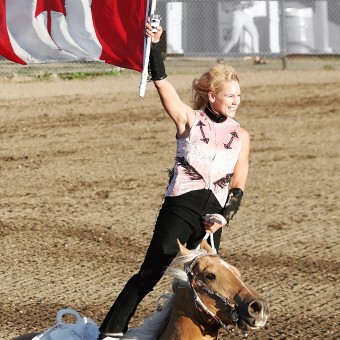
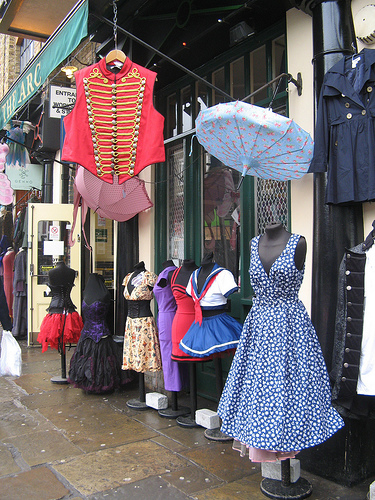
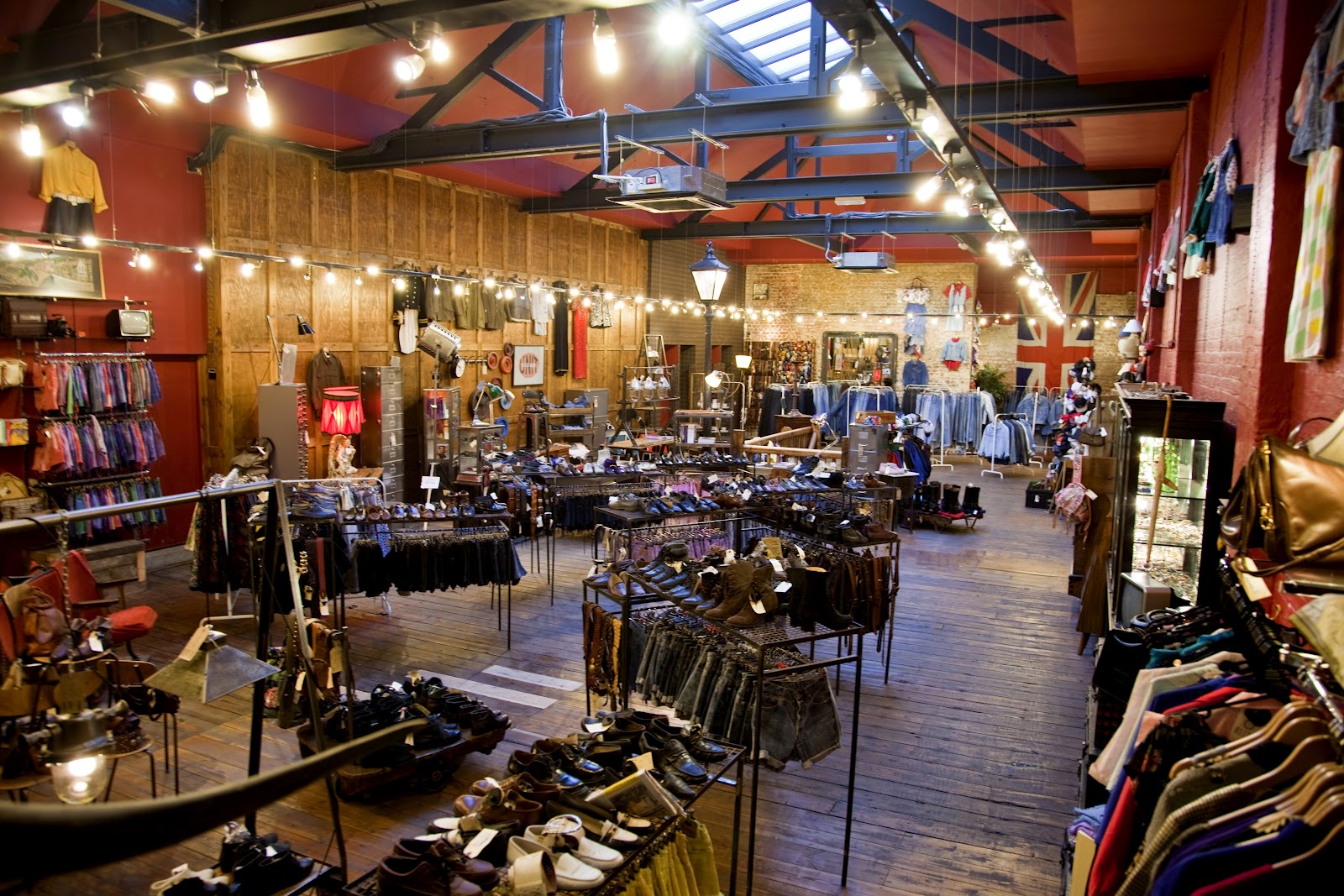
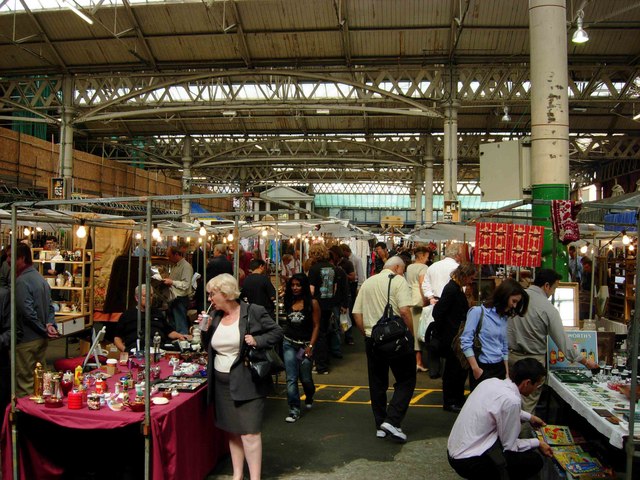
.jpg)
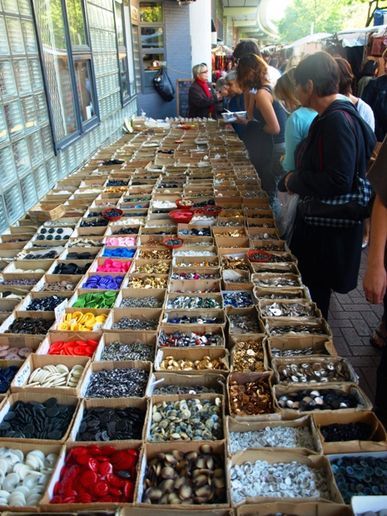
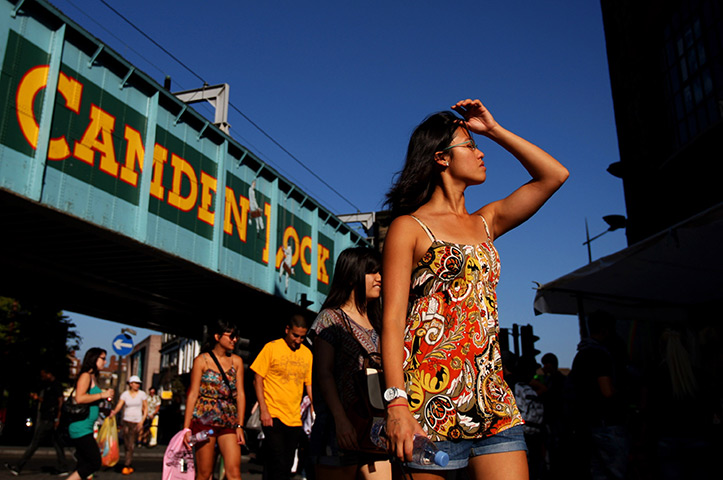
 Load more triptoids
Load more triptoids